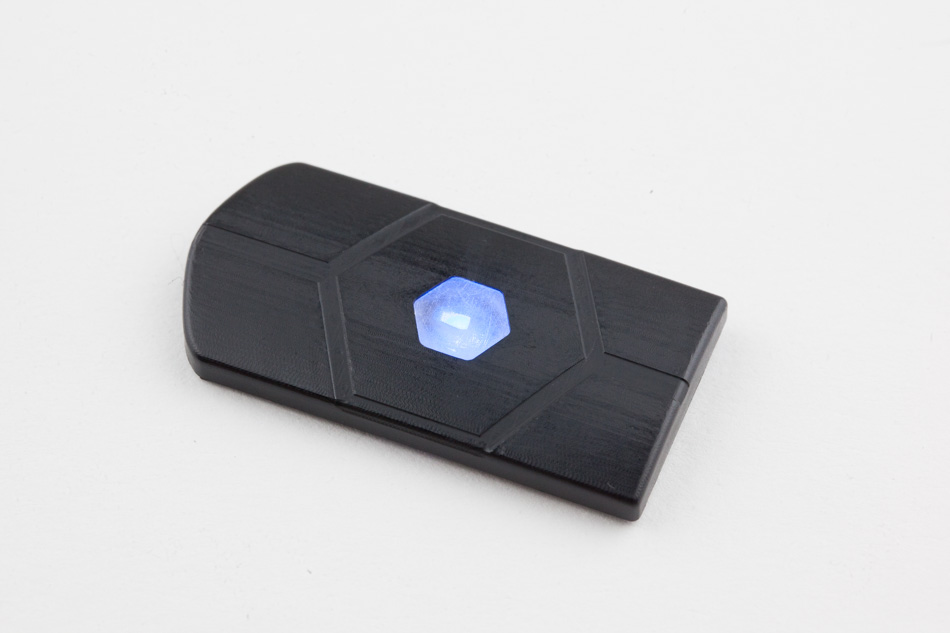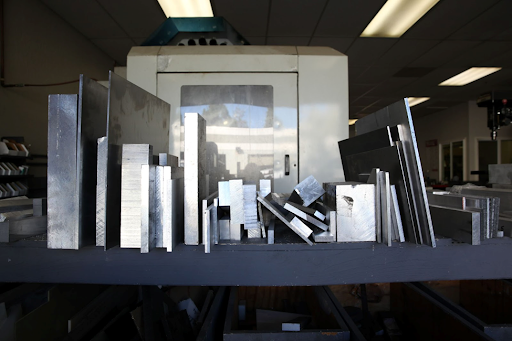Time to read: 4 min
3D printing has penetrated its way into almost every industry. From automotive to fashion, it has undoubtedly improved the way companies develop products.
However, long before 3D printing revolutionized prototyping, CNC (computer numerical control) machining dominated the manufacturing world. If you develop physical products, CNC machining is likely a part of your prototyping process.
To build a successful product, it’s important to educate yourself in these two foundational manufacturing technologies, building knowledge around how to best utilize each process for different stages in your development cycle.
In this post I’ll share some guidelines around the best use cases for both 3D printing and CNC machining, as well as a quick checklist to help you know which tool is right for your project needs.
When to Use 3D Printing
3D printing is continuously revolutionizing hardware development by giving individuals and enterprise teams alike access to quick and affordable prototypes.
With the introduction of 3D printing into the development cycle, teams are able to iterate on designs daily at a fraction of the cost. Additionally, constraints on part manufacturability are much lower with 3D printing compared to CNC machining, so teams can focus solely on moving from digital to physical quickly in the early-stages where much of the design is still evolving.

Here’s an overview of the best use cases for 3D printing and some pros and cons to consider:
Best Use
Early stage prototyping
Pre-manufacturability prototyping
Ideal volume: 1 to 5 units
Pros
Fast production times
Can quickly incorporate user/engineering feedback
Ability to print complex shapes at a low-cost
Makes polished-looking visual models
Cons
Part/Assembly functionality
Tight tolerances
Not as appropriate for very high strength, functional applications
When to Use CNC Machining
CNC machining is considered a more traditional way to produce parts by means of subtractive manufacturing (i.e. taking a block of material and chipping away at it). On the other hand, 3D printing is an additive manufacturing method that builds parts by stacking layer-upon-layer of material. It takes longer to CNC machine a part, but final production quality and finish is generally superior.

While for one-off prototypes CNC machining can be very expensive, there is a potential for huge cost savings when you start to move into larger quantities. Additionally, because CNC machining uses a solid block of material, the parts are functionally stronger than 3D printed parts, which are susceptible to fracturing along each of the build layers.
As designs start to become finalized and parts are more mature in their design for manufacturing, CNC becomes a very attractive option.
Here’s an overview of best use cases for CNC machining as well as pros and cons to consider:
Best Use
Mid stage prototyping
Production models
Ideal volume: 3 to 15 units
Pros
Functional parts/assemblies
Strength + temperature tolerances
Tight tolerances (up to 0.005”/0.0127mm)
Cons
Requires manufacturability checks before production
Setup + CAM time costs
When Should You Switch from 3D Printing to CNC?
There is no single rule on when to make the transition from 3D printing to CNC. At times, the processes can be done in parallel due to specific needs.
For example, many aerospace companies require high-strength prototypes, so while they may do a quick 3D print to check size and form, the next step will be to produce the same part using CNC machining for testing. They test, record the results, iterate on the design, and repeat the cycle.

For most cases, however, you can look at your design maturity as a signal for when you should consider moving away from 3D printing and begin machining your parts for functionality and strength closer to production materials.
Here’s a quick design maturity checklist—if you answer yes to any of the following, it may be time to consider making the transition.
Design Maturity Checklist
Is your design far enough along that you are comfortable producing several quantities?
Have you stopped making significant design changes?
Have you begun incorporating design for manufacturing?
Do you need a higher level of consistency amongst parts?
Do your parts have tapped holes?
Are 3D printed parts not strong enough for your functional needs?
Do you need to test your part in the final production material?
Do you have certification requirements (eg. flammability, FDA, food-safe, etc…)?
Main Takeaways
Both 3D printing and CNC machining are valuable tools in product development. While 3D printing is quickly evolving as the go-to tool to quickly take designs from a digital to physical prototype, CNC machining can’t be beat for functional and low-volume production models.
As always, If you have any questions about how to best prototype your design or are curious about how you could be developing more efficiently, ping us at inquiry.mf@chinamanufacturingparts.com to speak with one of our prototyping engineers. To learn more about China Manufacturing parts’s 3-day CNC machining services, visit our CNC machining service page.

